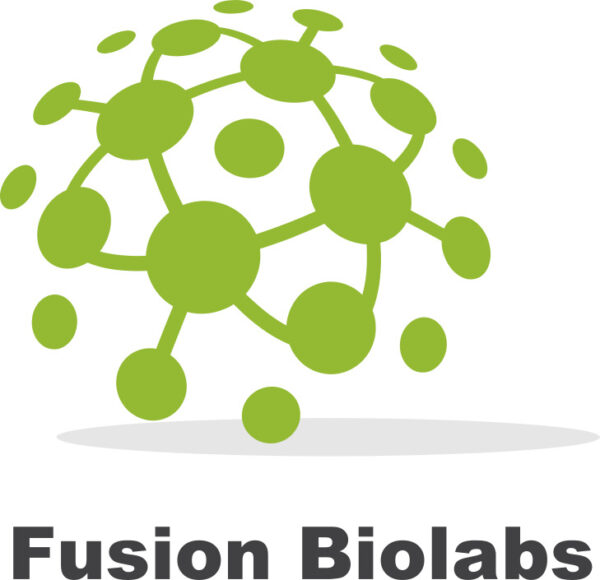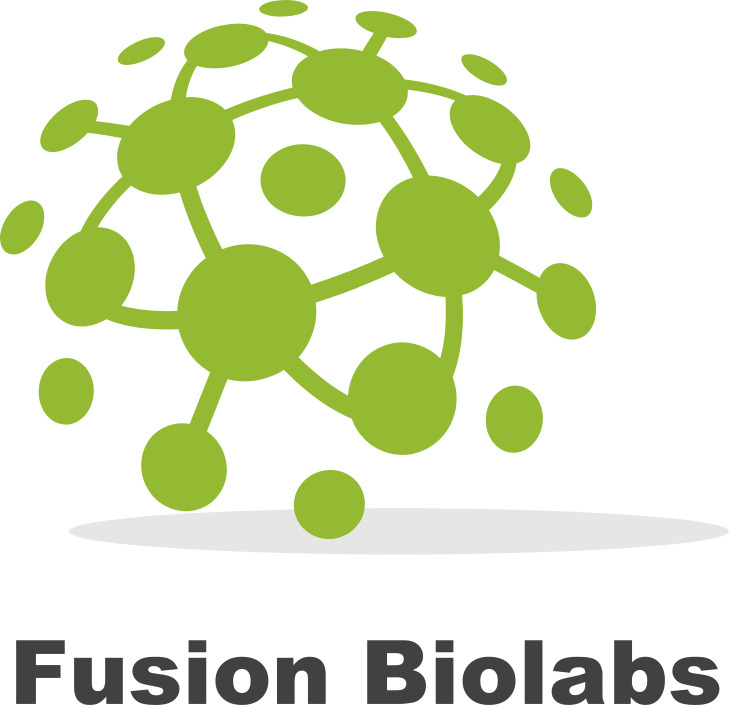Background
Cytotoxic T-lymphocyte associated protein 4 (CTLA-4), also known as cluster of differentiation 152 (CD152), is a protein receptor that functions as an immune checkpoint and downregulates immune responses. CTLA-4 is constitutively expressed in regulatory T cells but only upregulated in conventional T cells after activation – a phenomenon which is particularly notable in cancers. It acts as an “off” switch when bound to CD80 or CD86 on the surface of antigen-presenting cells. It is encoded by the gene CTLA4 in humans.
Product Details
| Source | Spodoptera frugiperda, Sf 21 (baculovirus)-derived |
| Accession # | Q6GR94 |
| Sequence | Human CTLA-4 (Ala37-Phe162) + Human IgG1 (Pro100-Lys330) + 6xHis tag (N-terminus to C-terminus) |
| Purification | Protein A/G purified and size-HPLC |
| Purity | >95%, by SDS-PAGE. |
| Activity | Measured by its ability to inhibit IL-2 secretion by stimulated Jurkat human acute T cell leukemia cells. |
| Endotoxin Level | <0.10 EU per 1 µg of the antibody by the LAL method |
| Formulation | Lyophilized from a 0.2 μm filtered solution in PBS. |
| Reconstitution | Reconstitute at 200 μg/mL in sterile PBS. |
| Predicted Molecular Weight | 40 kDa |
| Shipping | The product is shipped with polar packs. Upon receipt, store it immediately at -20 to -70°C |
| Storage Conditions | Use a manual defrost freezer and avoid repeated freeze-thaw cycles. • 12 months from the date of receipt at -20 to -70°C as supplied. • 1 month at 2 to 8°C under sterile conditions |
References
Linsley PS, Brady W, Urnes M, Grosmaire LS, Damle NK, Ledbetter JA. CTLA-4 is a second receptor for the B cell activation antigen B7. J. Exp. Med. 1991, 174:561.
Syn NL, Teng MW, Mok TS, Soo RA, De-novo and acquired resistance to immune checkpoint targeting”. The Lancet. Oncology.2017, 18 (12): e731–e741.


